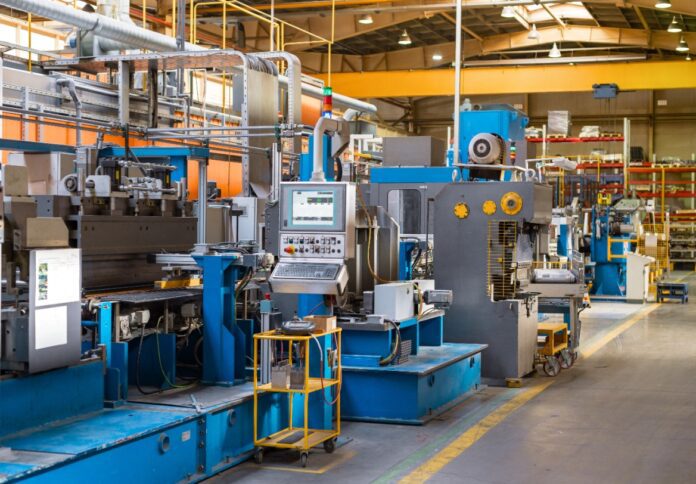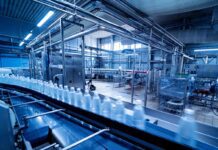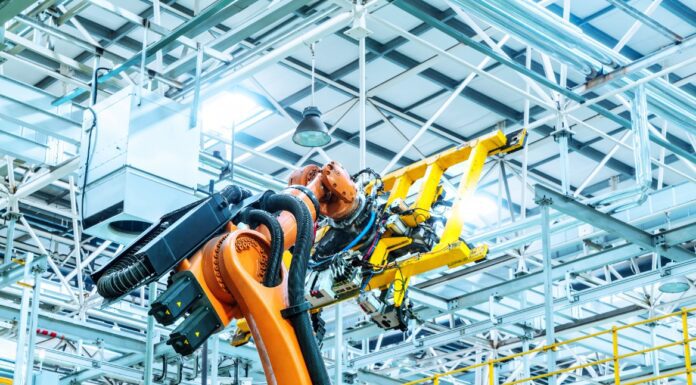
Australia is lagging behind New Zealand in the adoption of industrial heat pump (IHP) technology, despite its potential to significantly reduce energy use in industrial processes, according to a new report by the Institute for Energy Economics and Financial Analysis (IEEFA).
The research highlights that while IHP technology is commercially available and can offer substantial energy savings, its deployment in Australia remains limited compared to New Zealand’s progress.
IEEFA’s findings indicate that New Zealand has made significant strides in integrating IHPs into its industrial sector, with approximately 25 per cent of its estimated potential already realised.
According to data from the Energy Efficiency & Conservation Authority (EECA) in New Zealand, this transition has contributed to a notable decline in fossil fuel consumption in the food and beverage sector.
Between 2019 and 2022, coal use in the sector dropped by 12 per cent, and gas consumption fell by 21 per cent, while electricity usage increased by 7 per cent, reflecting a clear move towards electrification.
New Zealand’s success in accelerating IHP adoption is attributed to a combination of financial incentives, technical support, and strategic industry engagement.
The IEEFA report notes that the country’s Technology Demonstration Fund, launched in 2013, played a crucial role in kickstarting the adoption of IHPs, initially focusing on lower-temperature applications before expanding to higher-temperature industrial processes.
Under this scheme, businesses received 50 per cent co-funding, with grants of up to NZD 500,000 (approximately AUD 450,000), which helped demonstrate the viability of IHPs in real-world settings.
Further financial backing came through New Zealand’s Government Investment in Decarbonising Industry (GIDI) fund, which provided 35 per cent co-funding for 83 industrial heat decarbonisation projects.
The IEEFA report estimates that 26 to 30 of these projects incorporated IHPs, with total government funding of around NZ$40-45 million.
This financial assistance significantly reduced project payback periods, making IHP adoption more attractive to industry stakeholders.
Beyond funding, the IEEFA report highlights that New Zealand has fostered an ecosystem that supports IHP deployment through collaboration with industry, technical training, and detailed energy transition planning.
The government has worked closely with international experts, universities, and industry representatives to create a pipeline of IHP projects.
Additionally, businesses have benefitted from co-funded energy transition assessments, ensuring that IHP investments align with cost-effective decarbonisation pathways.
A critical enabler of New Zealand’s industrial transition has been the development of comprehensive energy data.
The IEEFA study points out that New Zealand’s Energy End Use Database and Regional Heat Demand Database provide granular insights into industrial energy consumption by sector and fuel type.
This data has been instrumental in national energy planning, helping to identify optimal opportunities for IHP deployment.
In contrast, Australia lacks equivalent datasets, making it more challenging for policymakers and businesses to develop targeted decarbonisation strategies.
According to IEEFA, industries such as meat processing, dairy manufacturing, and textiles have been at the forefront of IHP adoption in New Zealand.
The meat sector, in particular, has leveraged the technology to harness waste heat from cooling processes for industrial heating, reducing reliance on fossil fuels.
Businesses have also reported operational benefits beyond energy savings, as IHPs require less maintenance than traditional boilers and enhance energy resilience by reducing exposure to volatile fossil fuel markets.
Infrastructure considerations, such as electricity network capacity, have influenced IHP adoption. The IEEFA report notes that in cases where network upgrades would be costly, businesses in New Zealand have explored flexible connection agreements to access electricity capacity dynamically.
In Australia, similar initiatives are emerging, with Essential Energy preparing a trial for industrial consumers to access network capacity through a dynamic connection agreement, potentially easing grid constraints for IHP adoption.
IEEFA also points to the role of a developing domestic supply chain in New Zealand’s success. Refrigeration companies have leveraged their expertise to become key suppliers of IHPs, working alongside heating engineers to integrate the technology into industrial settings.
Initially, projects were highly customised, but as adoption has increased, suppliers have streamlined installations, with some IHPs now available in containerised models to reduce costs and complexity.
While New Zealand’s GIDI program has ended, the IEEFA report suggests that the IHP market continues to expand without government support, indicating that a sustainable industry has been established.
In Australia, where gas supply constraints are expected on the east coast, IEEFA’s research underscores the potential for increased IHP adoption.
However, the report emphasises that proactive policy intervention and industry engagement will be necessary to accelerate this transition.
The findings in IEEFA’s report are based on publicly available data and insights from the New Zealand Energy Efficiency & Conservation Authority (EECA), DETA, and Essential Energy.




















